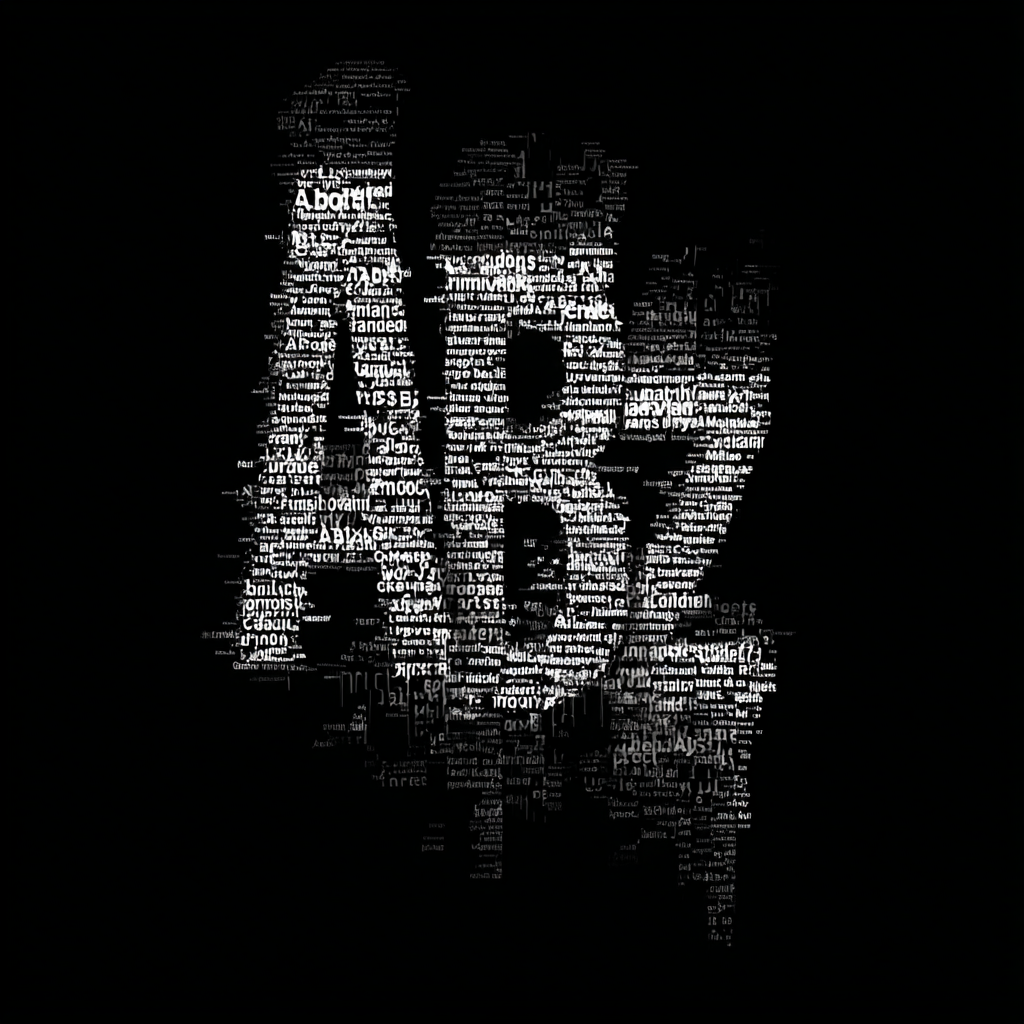When creating a documentary, font choice is more than just aesthetics—it’s storytelling. The right typography can reinforce the tone, improve readability, and ensure your audience remains immersed in the narrative without distraction. Whether you’re making a historical piece, a political exposé, or a cinematic wildlife documentary, fonts subtly influence how viewers perceive your story.
In this guide, we’ll explore the best fonts for documentaries, why they work, and how to choose the right one for your project.
Why Font Choice Matters in Documentaries
Documentaries are driven by authenticity and clarity. Typography in this genre should:
- Support the narrative: Fonts should match the mood, era, and subject matter.
- Maintain readability: Text—whether lower thirds, captions, or titles—must be legible across devices.
- Blend with visuals: Fonts shouldn’t distract from the footage or overshadow the story.
- Be consistent: Consistency in typography helps build a recognizable visual identity.
Key Considerations When Choosing a Documentary Font
Before selecting a font, think about:
- Genre and Tone
A war documentary might use strong, bold serif fonts, while a tech-focused one might prefer modern sans-serif typography. - Legibility on Multiple Devices
With documentaries streamed on TVs, laptops, and smartphones, choose fonts that remain clear even at smaller sizes. - Subtitles and Captions
Use a clean, easy-to-read typeface for subtitles—avoid overly stylized fonts that can strain the eyes. - Historical Accuracy
If your film references a specific era, consider fonts that evoke the period without looking gimmicky.
The Best Fonts for Documentaries
Here’s a curated list of fonts that work exceptionally well in documentary filmmaking.
1. Helvetica Neue
- Why it works: Minimal, modern, and universally recognized for clarity.
- Best for: Contemporary, investigative, or tech-related documentaries.
- Strengths: Exceptional readability; works for titles, captions, and lower thirds.
2. Garamond
- Why it works: Timeless serif font with historical roots.
- Best for: History, literature, or biographical documentaries.
- Strengths: Adds a sense of tradition and sophistication.
3. Futura
- Why it works: Geometric sans-serif with a clean, modern feel.
- Best for: Architecture, design, or science-focused films.
- Strengths: Works well in minimalist layouts and modern title sequences.
4. Proxima Nova
- Why it works: Combines geometric shapes with humanist proportions.
- Best for: Lifestyle, travel, or cultural documentaries.
- Strengths: Highly versatile for both on-screen text and promotional material.
5. Baskerville
- Why it works: Elegant serif with strong contrast and readability.
- Best for: Historical or academic documentaries.
- Strengths: Adds credibility and a scholarly tone.
6. Roboto
- Why it works: Popular web and screen font designed for clarity.
- Best for: Social issues, interviews, and modern urban stories.
- Strengths: Easy to match with other typefaces; excellent at small sizes.
7. Franklin Gothic
- Why it works: Bold, straightforward sans-serif that commands attention.
- Best for: Political, sports, or current events documentaries.
- Strengths: Strong headlines without sacrificing clarity.
8. Open Sans
- Why it works: Clean and neutral, with strong readability.
- Best for: Educational or corporate documentaries.
- Strengths: Works especially well for captions and infographics.
Pairing Fonts for Documentaries
For professional-looking typography, use two complementary fonts:
- Titles/Headers: Choose a bold serif or sans-serif that reflects the tone.
- Body/Captions: Use a clean, legible sans-serif for readability.
Example:
- Title: Baskerville Bold
- Captions: Open Sans Regular
Common Mistakes to Avoid
- Overly Decorative Fonts
Avoid script or novelty fonts—they can be hard to read and distract from the story. - Too Many Fonts
Stick to one or two typefaces to maintain visual cohesion. - Ignoring Color & Contrast
Even the best font fails if it blends into the background. Ensure strong contrast between text and video. - Neglecting Accessibility
Remember that viewers with visual impairments rely on high-contrast, clear type.
Technical Tips for Using Fonts in Documentaries
- Font Size: Keep subtitles at least 18–24px for HD screens, scaling up for 4K.
- Safe Zones: Ensure text stays within the video’s safe margin for all platforms.
- Shadow & Outline: Subtle drop shadows or outlines can improve text visibility against complex backgrounds.
- Format Compatibility: Embed fonts or use universally available ones to avoid rendering issues.
Final Thoughts
Typography in documentaries isn’t about flash—it’s about clarity, authenticity, and support for your story. By choosing the right font, you help your audience focus on the message while subtly reinforcing your film’s tone and personality.
If you want to not only choose the right fonts but also master professional documentary editing from start to finish, check out our Video Editing Course. You’ll learn advanced editing workflows, storytelling techniques, and how to use design elements like typography to make your projects stand out in the competitive world of filmmaking.





